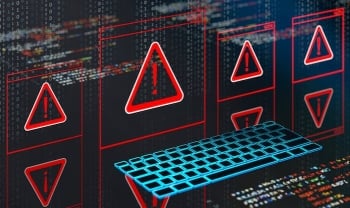Zero-trust model, adoption and maintenance in corporate environments: a turning point

Digital transformation has accelerated and zero-trust architecture has helped businesses invest in more advanced technologies without the risk of advanced cyberattacks.
According to WatchGuard’s Pulse survey of 100 IT and security executives, a zero-trust framework stimulates digital transformation for companies, as stated by 6 out of 10 respondents (59%). In addition, 3 out of 4 companies are adopting this model in order to incorporate hybrid work environments (77%) and control access to endpoints and data (72%).
This report also highlights that zero-trust implementation promotes the automation of security processes (80%) while fostering a change of mindset within work groups regarding risk prevention (70%), which makes organizations more resilient.
Zero-trust architecture has reached a turning point. Over this year, 48% of executives stated they expect to deploy this security strategy internally, as the IT teams have the expertise needed to complete this task.
Zero-trust: the main barriers in companies
Despite the benefits, there are significant barriers to zero-trust implementation in businesses: 45% of companies are adopting zero-trust but they face delays and challenges due to bandwidth issues and the IT team’s inexperience.
Download the full survey here
Other difficulties that apply to both zero-trust deployment and maintenance include administering and monitoring the framework (75%), creating and maintaining zero-trust policies (62%), the continuous monitoring that the central "always verify" principle requires (53%) and access to data in situations that may pose a risk to the company (53%).
Companies that deploy and maintain a zero-trust strategy properly throughout their structure will become more secure, enabling them to focus on their business value proposition. Therefore, unique solutions for this framework will provide IT teams with a series of advantages such as the technology needed to verify access to endpoints in real time, perform damage control in the event of a security breach, and automate the context collection and response zero- trust requires.
This ensures that companies rely on a robust ecosystem capable of dealing with this new environment where cyberattacks are growing more advanced and difficult to detect.


